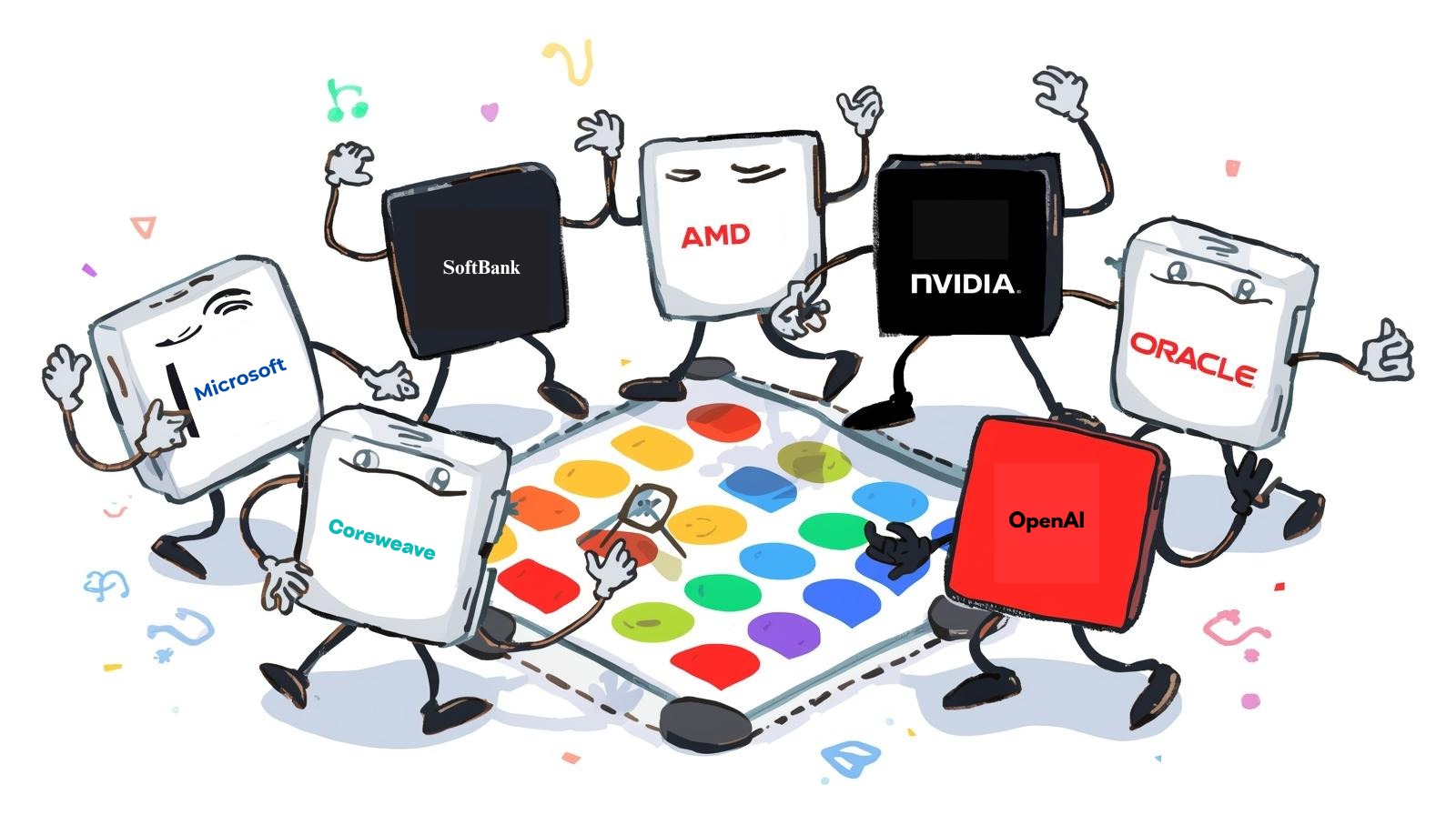In her free time, Irina is a fierce taekwondo competitor, working hard with her son to earn their black belts. So if you're looking for a tech-savvy executive who knows how to have fun, Irina Petrakova-Otto is your go-to person!
Interview with Irina
Irina, it's great to have you on our blog. Thank you so much for joining. You are such a well-respected data and AI leader and it's a privilege to have you here. Could you share a bit about yourself and your journey for our readers?
Absolutely. My name is Irina Otto and I'm a CTO for Global Partner Solutions at Microsoft. I am accountable for managing about 40+ global strategic partners and five core solution areas such as AI, infrastructure, app development, business applications, modern work and security. Some of the highlights of my career: I've been at Microsoft almost five years in different roles. Prior to joining Microsoft, I've been a VP of Engineering, Customer Experience and Data, in Northwestern Mutual so I'm very familiar with the FSI industry. I've also been in GE, working in different manufacturing businesses, as well been in consulting.
You have an incredible breadth and depth of experience. Thank you for sharing that with us today. There's so much buzz about AI technology today. Everyone's talking about AI, but you have a unique perspective sitting at Microsoft and seeing all these ISVs and industry trends. Could you share your thoughts about AI tech, and why should we care about it today?
Yes, it's just so interesting. If you recently saw some blogs from Bill Gates he actually mentioned that it is probably the second most impactful part of transformation in technology and it is happening today. The first one was the introduction of graphical user interface. And now we're living through the revolution of AI. A lot of you probably saw some great articles around how open AI will revolutionize industries. We have seen examples where AI was saving millions of dollars in productivity solutions. All our products will be infused with Azure Open AI such as Teams, Viva Sales and D365 solutions. Recently announced Copilot in Microsoft Dynamics 365 Sales and Viva Sales helps sellers dramatically reduce the time they spend on clerical tasks. I think it's really important to understand how Microsoft thinks about AI strategy and then we'll go over some industry solutions. where ISV can consider bringing their expertise and take advantage of Microsoft investments.
So for example, when you're talking about Azure OpenAI, there are 4 key services: GPT-4, which is a large multimodal model that accepts image and text inputs and emits text outputs, Codex, that is focusing on generating and understanding code, Dall-E related to image processing and generating images from text and of course Chat-GPT that’s generating all the buzz today
It's important to understand that OpenAI and Microsoft are partners so OpenAI is not the Microsoft solution but OpenAI partners with Microsoft. Microsoft provides the enterprise umbrella around OpenAI and helps to make them secure,reliable and provide all the fundamentals of infrastructure around the use of OpenAI.
When we're thinking about opening Azure OpenAI, we're specifically looking at four capabilities.
1. First is the Content generation. Content generation is one of the examples of where you think about using Azure OpenAI:
a. You have use-cases in call center analytics, where you can automatically generate responses to customer inquiries.
b. If you generate personalized UI for your website, you can actually use Dall-E to generate your own website and then use the Codex to code that.
2. The second case to use these capabilities is summarization. So again, if you have used ChatGPT then you are already familiar, where you can provide the text and ChatGPT can potentially summarize it for you, and identify the highlights and key points and so forth. If you think about call centers, this is one of the areas we see first adoption happening really fast, for problems like summarization of customer support conversation logs, identifying potential trends and creating the summary, etc. There are some really big and powerful capabilities available for use. We also see use-cases around subject matter expert documentation, that you can use to provide executive summaries around financial reporting analysis. For social media summarization: consolidation and translation of all relevant tweets and social media content, and providing trends and analysis around customer and brand engagement to better understand your customer needs.
3. The third one was more focused on developers, which is code generation. Code generation allows developers to leverage Codex to create code. You can imagine, this is a huge productivity boost for a lot of partners. This is where you have to think about internal and external capabilities. Especially right now, it's very hard to find software engineers, so how would you use and leverage developers you have today to develop better code, documentation, etc.? The Codex example can be super useful here.
We also need to think about leveraging our business power users and leverage their expertise to deliver digital solutions. So for example, low code, no code power platform, Codex can be a super powerful tool to generate the queries to understand and develop solutions. It can use conventional language so you can actually write the query say, I'm looking for x data, or I'm looking for a summary, or I'm looking at data based on this condition.People who might not be developers can actually write the code and allow them to analyze and understand business data in applications such as Power Apps. Imagine the superpowers you can unlock in your organizations!
4. The fourth one is semantic search. This is what you see it for example in the Bing and Edge that just came out. The conversational search feature of Microsoft Bing-powered by ChatGPT is a game-change for users who want to find information more naturally and intuitively. So, unlike other searches, today, you can actually ask Bing to generate your travel itinerary and it can provide your full documentation. Think about this as your travel agency replacement for creating an itinerary for your next trip. So this is kind of what you think about semantic search and information discovery, knowledge mining. In a context of enterprise, you think about how do I discover the knowledge, how do I understand the knowledge and how do I use the knowledge. Solutions like Azure OpenAI can help you to do the data mining across all your organization and provide a context in such a way that humans can look and work on that.
It's pretty exciting. The opportunities for ISVs are endless and the sky is the limit.
Closing Thoughts from Partner1
As Microsoft continues to spearhead innovation in the AI landscape through Azure OpenAI, ISVs can amplify their growth by leveraging the extensive resources and benefits available within the Microsoft Cloud and AI partner program ecosystem. By participating in the Microsoft Marketplace and enrolling in the AI Cloud Partner Program, partners gain access to a range of incentives and support programs designed to accelerate their business on the Microsoft cloud. This strategic partnership opens doors for ISVs to deliver cutting-edge solutions to customers globally, expanding their digital portfolio and driving value. With Azure's robust technical support and a seamless connection to Microsoft's global network, ISVs can explore new avenues of business, innovate on data-driven apps, and connect with a vast customer base. As an exemplar of Microsoft, Irina Petrakova-Otto represents the collaborative spirit of the AI Cloud Partner program that empowers partners to not only get started but also to continuously innovate, ensuring sustained growth and success in the dynamic world of AI-driven solutions.
Want to learn more about Irina Petrakova-Otto? Follow her on LinkedIn!
Want to learn more about leveraging Microsoft’s ecosystem and Azure OpenAI? Follow us on Partner1 where we will be sharing Irina’s thoughts on how ISVs can leverage OpenAI to grow their business, and more.
Irina shares the following resources on getting started with Azure OpenAI Service






.jpg)
